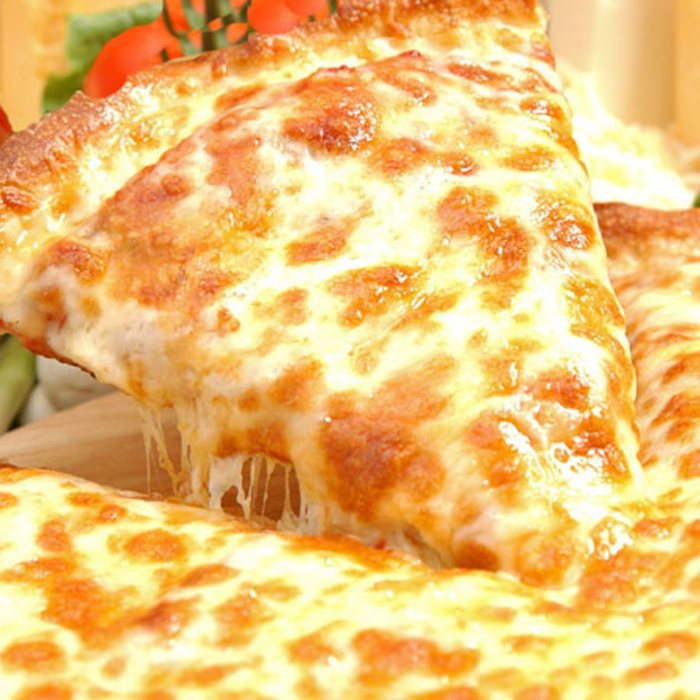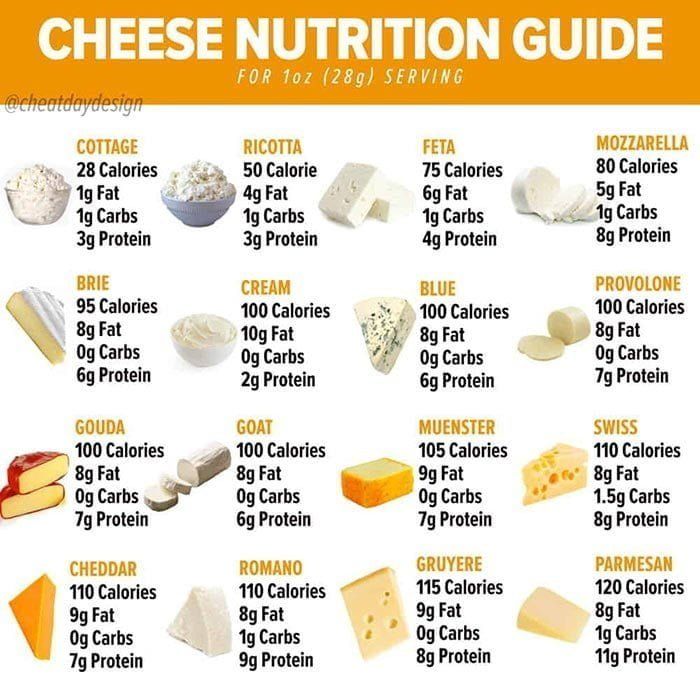Nutritional Composition of Cheese Pizza: Nutrition In Cheese Pizza

Nutrition in cheese pizza – Let’s dive into the nutritional details of a classic cheese pizza slice. Understanding the macronutrients and micronutrients can help you make informed choices about your diet. Remember that nutritional values can vary significantly depending on the ingredients and preparation methods.
Macronutrient Breakdown of a Cheese Pizza Slice
A typical cheese pizza slice (approximately 1/8 of a large pizza) contains a mix of carbohydrates, fats, and proteins. The exact amounts will depend on the size and ingredients of the pizza, but here’s a general estimate:
| Nutrient | Amount per slice (approx.) | Percentage of Daily Value (approx.) | Source within the Pizza |
|---|---|---|---|
| Carbohydrates | 25-35 grams | 8-12% | Pizza crust (primarily flour) |
| Fats | 10-15 grams | 15-23% | Cheese (saturated and unsaturated fats), pizza sauce (some fats) |
| Protein | 7-10 grams | 14-20% | Cheese (primarily casein and whey proteins) |
Note: Daily Value percentages are estimates and can vary based on individual dietary needs and calorie requirements.
Cheese pizza, a culinary comfort, offers a nutritional profile heavily influenced by cheese type and crust. Consider the saturated fat content, often a point of discussion, which contrasts sharply with the nutritional makeup of other cheesy favorites like Kraft Mac & Cheese; for a detailed breakdown, check the kraft mac n cheese nutrition facts. Returning to pizza, remember that vegetable toppings can significantly boost its nutritional value.
Micronutrients in Cheese Pizza
While not a primary source of micronutrients, cheese pizza does offer some vitamins and minerals.
These nutrients contribute to various bodily functions, from bone health to immune system support. The amounts present will vary depending on the ingredients used.
- Calcium: Primarily from the cheese; crucial for strong bones and teeth.
- Protein: From the cheese; essential for building and repairing tissues.
- Vitamin A: Found in tomato sauce (lycopene is a form of Vitamin A); supports vision and immune function.
- Iron: Small amounts in the cheese and tomato sauce; vital for oxygen transport in the blood.
- Potassium: Present in tomato sauce; important for maintaining healthy blood pressure.
Variability in Nutritional Content
The nutritional profile of a cheese pizza can change drastically based on several factors.
| Pizza Variation | Carbohydrates (approx. per slice) | Fat (approx. per slice) | Protein (approx. per slice) |
|---|---|---|---|
| Thin Crust, Mozzarella | 20-25g | 10-12g | 6-8g |
| Thick Crust, Mozzarella | 30-40g | 12-18g | 8-10g |
| Stuffed Crust, Mozzarella | 40-50g | 15-20g | 8-12g |
| Thin Crust, Provolone | 20-25g | 12-15g | 7-9g |
Note: These are approximate values; the actual nutritional content will depend on the specific ingredients and portion size. For example, a larger pizza will have larger slices with proportionally higher nutrient amounts. Using different cheeses (like provolone, which is typically higher in fat) or adding extra toppings will further alter the nutritional breakdown.
Creating a Healthier Cheese Pizza

Let’s face it, pizza is delicious, but it’s not always the healthiest option. This section focuses on transforming your favorite cheesy treat into a more nutritious meal, without sacrificing flavor. We’ll explore ways to make a healthier cheese pizza using whole-grain crusts, reduced-fat cheese, and plenty of vegetables.
A Healthier Cheese Pizza Recipe
This recipe emphasizes whole grains, reduced-fat cheese, and vibrant vegetables to boost the nutritional value of your pizza.
Ingredients:
- 1 cup whole wheat flour
- ½ cup all-purpose flour (can substitute with additional whole wheat for a heartier crust)
- 1 teaspoon active dry yeast
- 1 teaspoon sugar
- ½ teaspoon salt
- ¾ cup warm water
- 2 tablespoons olive oil
- 1 cup part-skim mozzarella cheese, shredded
- ½ cup chopped bell peppers (red and yellow for visual appeal)
- ½ cup sliced mushrooms
- ¼ cup chopped red onion
- 1 tablespoon pizza seasoning (choose a low-sodium option)
Instructions:
Combine the flours, yeast, sugar, and salt in a large bowl. Gradually add the warm water and olive oil, mixing until a dough forms. Knead the dough for 5-7 minutes until smooth and elastic. Let the dough rise in a warm place for about an hour, or until doubled in size. Preheat your oven to 450°F (232°C).
Roll out the dough to your desired thickness and shape. Spread the dough on a pizza pan or baking sheet. Top with the reduced-fat mozzarella cheese, followed by the bell peppers, mushrooms, and red onion. Sprinkle with pizza seasoning. Bake for 15-20 minutes, or until the crust is golden brown and the cheese is melted and bubbly.
Reducing Sodium Content in Cheese Pizza, Nutrition in cheese pizza
High sodium intake can be detrimental to health. Reducing sodium in your pizza doesn’t mean sacrificing taste. We can achieve this by making smart ingredient choices.Reducing sodium involves selecting low-sodium ingredients whenever possible. For example, using low-sodium pizza sauce, reduced-sodium cheese, and fresh herbs instead of heavily salted processed toppings. Fresh herbs such as oregano, basil, and thyme can add a lot of flavor without extra sodium.
Additionally, experimenting with different types of cheese can contribute to a more flavorful and less salty pizza. For instance, a blend of mozzarella and provolone can offer a unique flavor profile while potentially reducing the overall sodium content compared to using only high-sodium mozzarella.
Incorporating More Vegetables into Cheese Pizza
Adding vegetables significantly enhances the nutritional profile of cheese pizza, increasing its fiber, vitamin, and mineral content. The variety of colors and textures also make the pizza visually appealing.Here are some suggestions for vegetable additions:
- Spinach: Imagine vibrant green spinach leaves nestled amongst the cheese, adding a subtle earthy flavor and a boost of iron and vitamins.
- Cherry Tomatoes: Juicy, bright red cherry tomatoes burst with sweetness and provide a refreshing contrast to the richness of the cheese.
- Roasted Red Peppers: Sweet and smoky roasted red peppers add a vibrant color and a unique depth of flavor.
- Caramelized Onions: Sweet and savory caramelized onions offer a rich, almost jam-like texture and a complex flavor that elevates the pizza.
- Artichokes: Marinated artichoke hearts add a briny, tangy flavor and a satisfying texture.
FAQ Compilation
Can I make a truly healthy cheese pizza?
Absolutely! Opt for whole-wheat crust, low-fat cheese, and load it up with veggies. It won’t taste like rabbit food, promise!
Is cheese pizza okay for vegetarians?
Most cheese pizzas are vegetarian-friendly, but always double-check the ingredients to ensure there are no hidden animal products in the crust or sauce.
How many calories are in a typical cheese pizza slice?
This varies wildly depending on size and ingredients, but a typical slice can range from 200 to 350 calories or more.
Is cheese pizza good for athletes?
It can provide carbohydrates for energy, but it’s not the ideal post-workout meal due to its high fat and sodium content. Better options exist!
What about gluten-free cheese pizza?
Many pizzerias offer gluten-free crust options. Just be aware that the nutritional profile might differ slightly.


